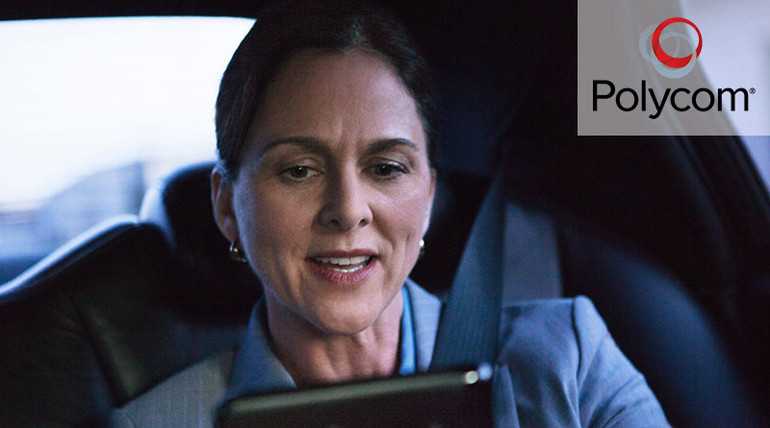As video conferencing becomes an everyday task in offices around the world, users have demanded to be able to video conference whenever and wherever they want with whatever device they have. Makes sense for the users, but this puts a heavy burden on the makers of video conferencing technology. How do you make sure everyone can join a conference when network connectivity and device capability can vary dramatically from person to person?
SVC: Scalable Video Coding
SVC (scalable video coding) is a solution to the problem just posed.
SVC is an extension of the H.264 video codec, which is a commonly used format for transmitting and storing video. In a nutshell, a video codec is a standard for breaking down, encoding, transmitting, and reconstituting a stream of video. H.264 is widely used for video conferencing because it is efficient with your resources while retaining excellent detail. With H.264, you can conference in 1080p Full HD.
What the SVC extension does is make H.264 video adaptable to different circumstances. If someone is calling in on their smartphone to conference with a group of people in a dedicated video conferencing room, SVC provides a single format that will adapt to fit the situation. Similarly, if one end is on a bad connection and the other on fiber, SVC ensures that both ends get good quality video.
That’s what the “S” in SVC stands for: Scalable. You use the same video feed for all participants, and because of its coding, the video feed can scale for use on a smartphone, a laptop, a video conferencing room—anywhere you need, without letting the picture break up. What’s even better is that in SVC is backwards-compatible. If an endpoint doesn’t support the codec, that endpoint will simply receive a standard H.264 (or AVC) video feed.

SVC + Polycom
It’s simple to get started with SVC using your Polycom RealPresence Group 500 video conferencing system:
- In the web interface, go to Admin Settings > Network > Dialing Preference > Dialing Options
- Under “Scalable Video Coding Preference (H.264),” select SVC then AVC
That’s it. If your system can run SVC, then it now will run SVC. Note that the option is “SVC then AVC”: this indicates that the system will notice if an endpoint can or can’t handle SVC. If it can’t, the system will send the video as standard H.264 (or AVC).
Can your Polycom system handle SVC?
The following Polycom endpoints support SVC:
- RealPresence Desktop
- RealPresence Mobile applications
- RealPresence Group Series systems
- RealPresence CloudAXIS
An SVC system is just like any other computer network: it’s made up of endpoints and servers. The servers may be in your office or they could be somewhere else, which is what’s meant by the “cloud.” Servers direct traffic to endpoints. Because of the way SVC is encoded, a server can receive an SVC video stream and then transmit it in whatever form the connected endpoints can handle: that’s why it’s scalable.
So, when using SVC with a Group 500 system, you need to connect the Group 500 codec to a server that supports SVC.
With Polycom, this means you have two options:
First, you need a server running Polycom RealPresence Collaboration Server, which is the software that underpins the RealPresence system, and which can be run on a physical or virtual server. In other words, you could have a server in your office, like a Polycom Collaboration Server (RMX), or you could use a cloud-based service, like Polycom RealPresence Clariti.
Second, Polycom has worked with Microsoft to provide SVC video conferencing through Skype for Business 2015. You get the incredible quality and reliability of Polycom’s products with the Microsoft UI and product integration. (To use Skype with the Group 500, you’ll need Skype for Business Interoperability License.)

